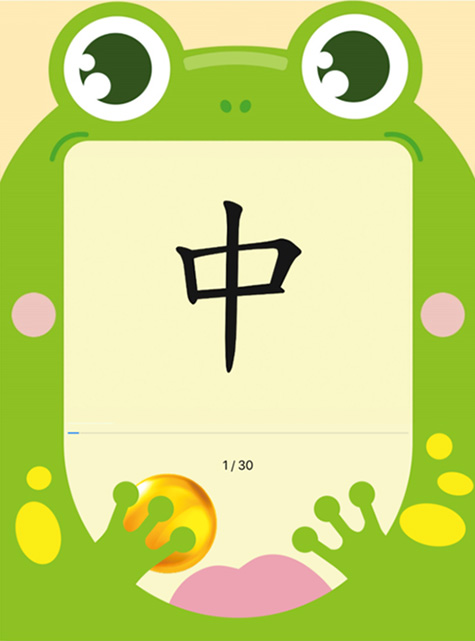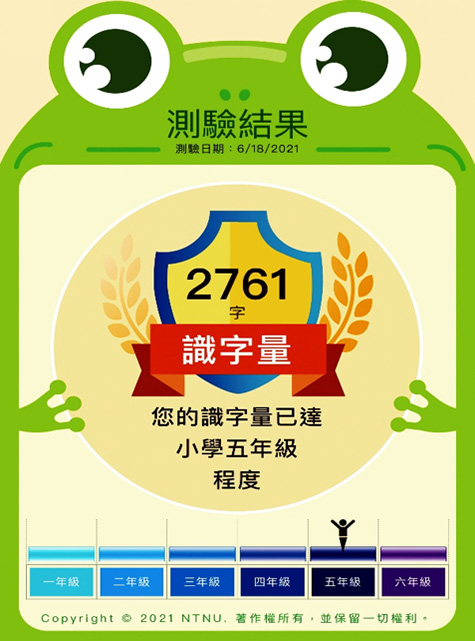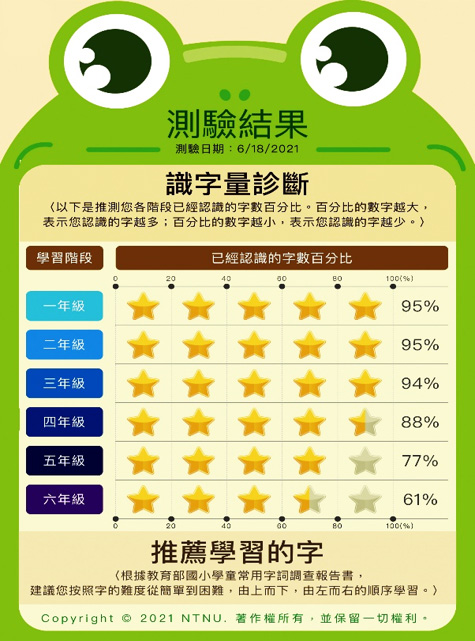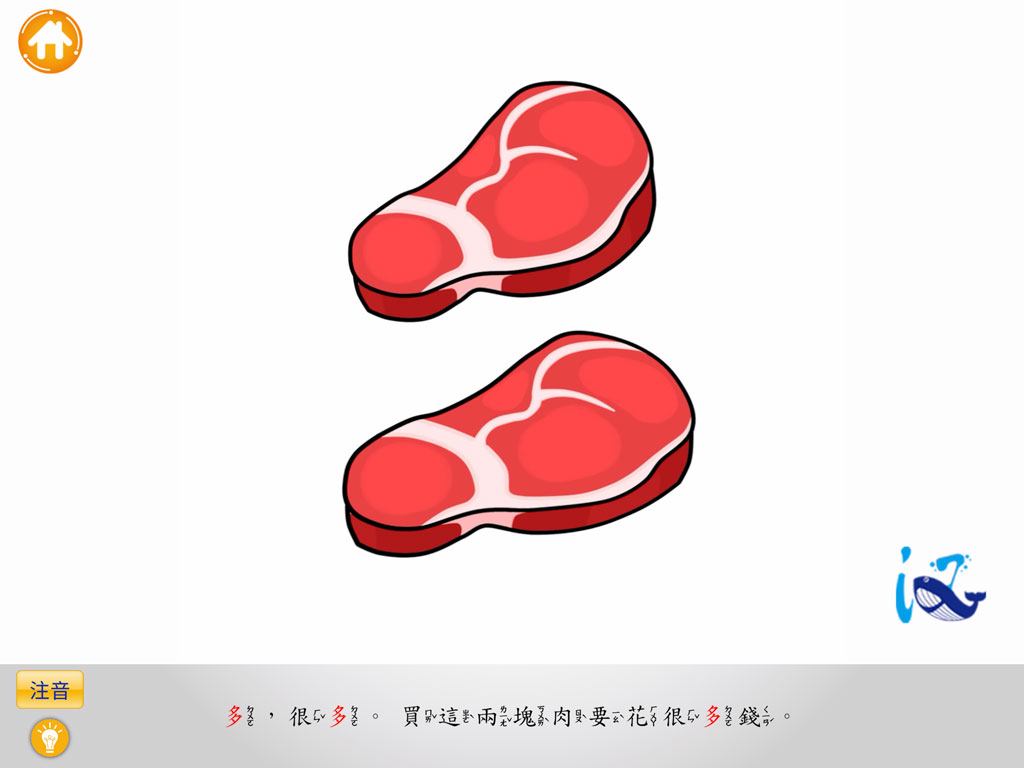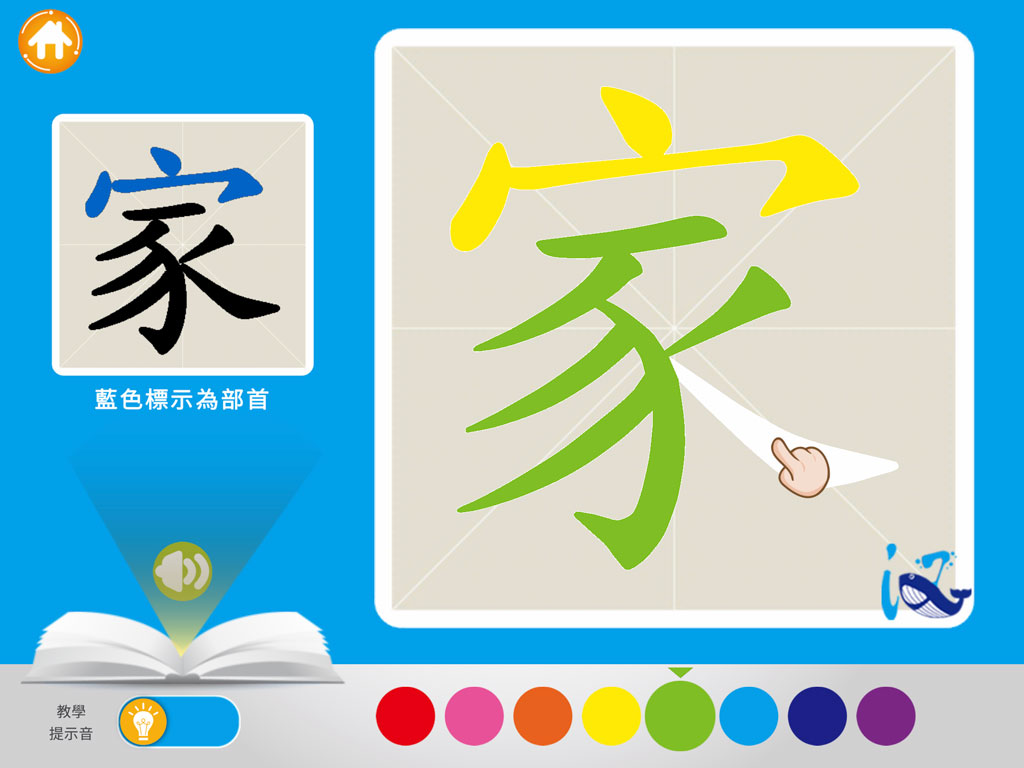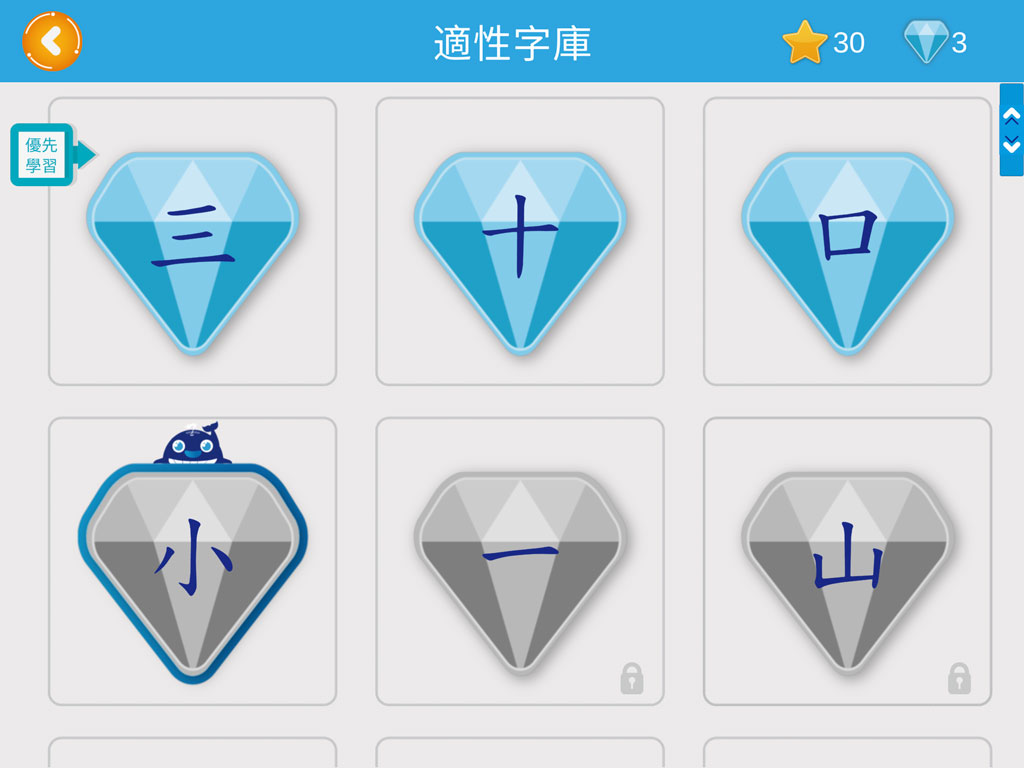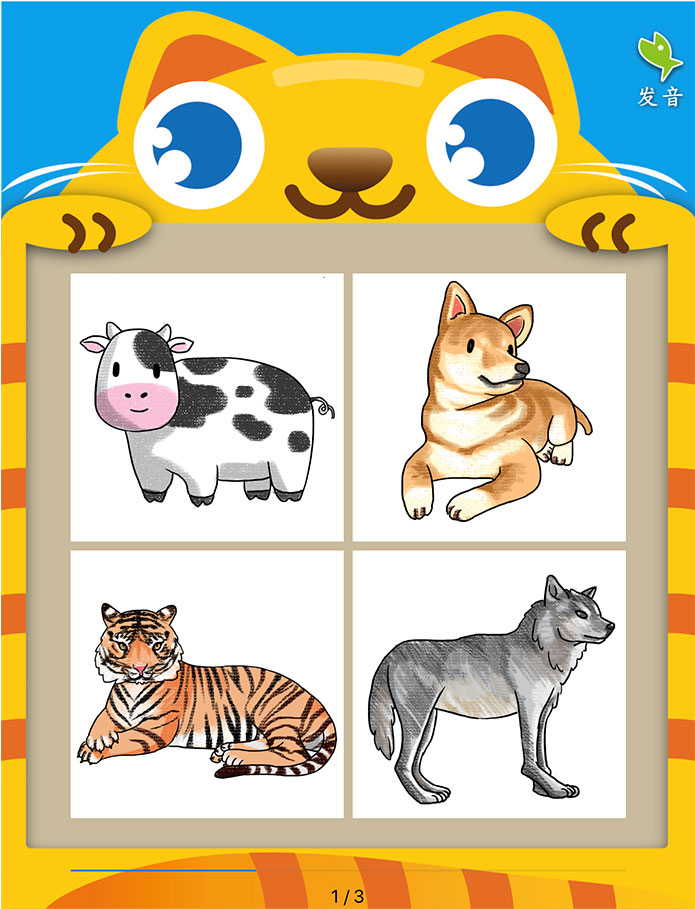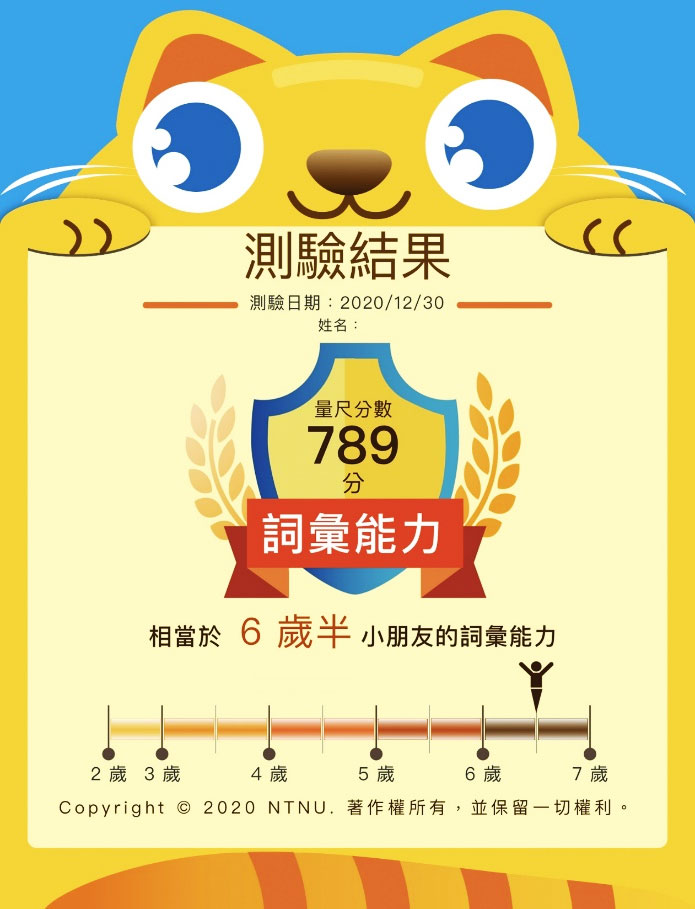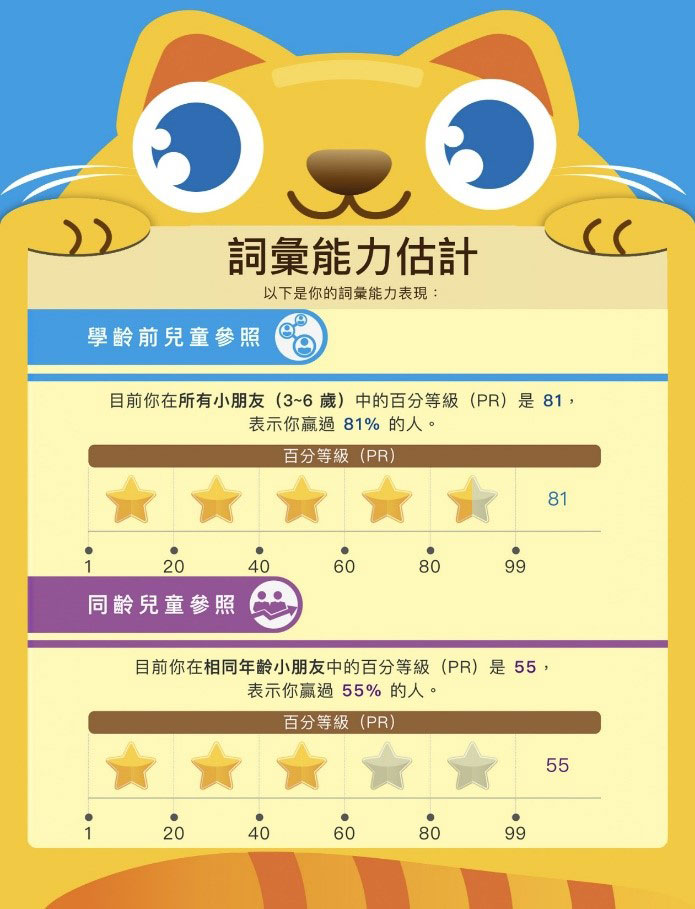Early Dialogic Reading and Child Brain Development

Dr. Shinmin Wang is a Professor of the Department of Human Development and Family Studies at the National Taiwan Normal University (NTNU). She is currently the Head of Department of Human Development and Family Studies.
Dr. Wang’s research focuses on the cognitive processes involved in language and literacy development in infancy and early childhood. Her recent work has centered on understanding how early experience with dialogic reading can alter child language and cognition development over the toddlerhood and preschool period, and child neural functions related to predictive ability and executive function. She uses observation-based method, behavioral measures and functional near-infrared spectroscopy (fNIRS) to investigate these processes.
She is leading the Child Brain Development and Learning Lab at NTNU, and a founding member for the NTNU-Haskins Joint Laboratory of Brain Development and Learning. Her recent collaborators include Prof. Ovid J.-L. Tzeng and Prof. Richard N. Aslin.
Understanding the Unknown Benefits of Early Dialogic Reading: Behavioral and fNIRS Studies
1. Revisiting Dialogic Reading Strategies with 12-Month-Old Infants
Dialogic reading (DR), originally designed for children aged 2 to 5 years, is a specific reading technique that encourages parents to involve the child actively in verbal and nonverbal interactions during shared book reading. By systematically analyzing observational data on how parents read to their infants, Dr. Wang indicate that parents spontaneously applied the gist of DR strategies designed for 2- to 5-year-olds to interact with their 12-month-old infants even though their infants could not respond verbally.


2. Quality of early dialogic reading influences later language and executive function development
In her on-going longitudinal study, Dr. Wang analyzed the quality of dialogic reading when parents read to their 18-month-old infants and found that: (1) the quality of DR at 18 months was predictive of the rate of change in children’s expressive vocabulary and language complexity from 18 to 36 months of age; (2) the quality of DR at 18 months was also prospectively linked to children’s executive function at 4 years. The findings highlight the value of implementing DR during infancy in facilitating language and EF development over toddlerhood and preschool period.


3. Early dialogic reading alters neural functions
Using fNIRS, Dr. Wang identified the predictive brain signal (indexed by oxy-Hb changes to the visual-omission trials) as a robust predictor of 12-month-old infants’ expressive vocabulary, and that their parent-child shared reading experience appears to play a role in the formation of this predictive brain signal.


NTNU Integrates Language Technology into Early Childhood Education, Flipping Learning

Why should you use the Chinese Characters series?
The Chinese Characters series is a Chinese character learning platform with diagnostic and interactive functions, which enables teachers to grasp students' current level of Chinese word recognition objectively and creates exciting and scientific literacy learning strategies for students.

Exclusive diagnostic technology
We provide literacy, vocabulary suitability diagnosis, and accurate reports.

The world's most advanced
Recommend customized priority learning Chinese characters according to the diagnosis results.

Expert team
Regularly update diagnostic data and adjust the difficulty of questions.

Keep your own learning progress
Provide the "My Learning" function to grasp your learning status.

Multifaceted Learning Strategies
Design text animation, stroke order error detection, Chinese character dance, and other activities
-
Want to know more:
- Chinese Characters series


Chinese Characters Scale

Chinese Characters Scale is a tool designed for children and second language learners to understand how many Chinese characters the user can identify within three minutes.
Accurate AI diagnosis technology
Chinese Characters Scale is a Chinese character identification tool specially designed for children aged 7 to 12 or adult learners of elementary Chinese. Users sound out a test composed of 30 Chinese characters. It takes three minutes on average. The system can automatically calculate how many Chinese characters the user can identify and calculate the learning difficulty level of unknown characters so that users can learn adaptively. The test result can be obtained immediately after the completion of the test, and analysis accuracy reaches 95%.
Suitable for various mobile devices
Users can use mobile devices such as mobile phones or tablets to take the test anytime and anywhere. An intuitive, clear, interactive, and exciting interface design eliminates the limitations of cumbersome steps and lengthy time in traditional tests.


Chinese Characters Fun

Chinese Characters Fun has over 700 primary daily life characters and 300 animated phrases. It creates a game-like interaction suitable for children to learn Chinese through 9-second text animation, AI handwriting stroke order detection, Chinese character dance, practical exercises, and other learning strategies.
Save time and learn efficiently
Ten minutes a day, learn in groups of five characters, and children also can independently decide to know the characters they are interested in according to their individual needs.
A complete record of the personalized learning process
Tailor-made exclusive personal learning plan, recommending customized priority learning Chinese characters according to the diagnosis results. Help teachers quickly understand each student's ability within a limited time and make more effective adjustments to teaching progress.


Chinese Vocabulary Comprehension Scale

Chinese Vocabulary Comprehension Scale is easy to operate and can quickly understand the user's Chinese vocabulary and listening comprehension ability. You can get accurate test results by completing 30 questions within three minutes through mobile devices such as mobile phones or tablets.
AI technology automatically generates questions
The Chinese Vocabulary Comprehension Scale is a Chinese listening comprehension test tool for children aged 3 to 7 or elementary Chinese adult learners. Through mobile devices such as mobile phones or tablets, complete 30 questions within three minutes and get an accurate test immediate result. The questions cover a wide range, from specific animals, plants, and vehicles to abstract emotions, adjectives, etc. The accuracy of the analysis of test results is 95%.
Colorful Interactive Quiz
Users can use personal mobile devices such as mobile phones or tablets to take the test anytime and anywhere. The simple and straightforward operation method allows users to take the test in a colorful, relaxed, stress-free environment.
Introduction to Book Series
Chinese Language Learning Sciences
This Springer-published series, edited by teachers at NTNU, covers three main interdisciplinary themes: (1) basic research on Chinese as first or second language acquisition, (2) technical aspects of Chinese learning development, and (3) applied research on Chinese language education.
-
Want to know more:
- Chinese Language Learning Sciences

